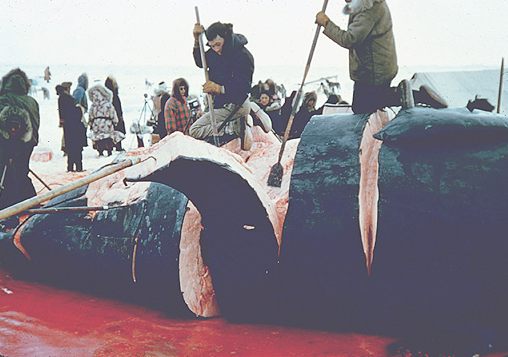 What is Forensic Anthropology?
What is Forensic Anthropology?Forensic anthropology is the application of the science of physical anthropology and human osteology (the study of the human skeleton) in a legal setting, most often in criminal cases where the victim's remains are in the advanced stages of decomposition
Forensic Anthropology is Used:Forensic anthropology is normally used when evidentiary remains are found that indicate a crime did or may have occurred. Sometimes, when old buildings are torn down or when old sections of a town are converted for whatever purpose remains will be found among the ruins. Forensic anthropologists are brought in to thoroughly investigate the scene. With the use of forensic anthropology, they can often determine whether or not a crime was committed, and if there was in fact a crime, forensic anthropology can then be used to solve it. While much of what is commonly seen on television is as much fantasy as it is reality, many aspects of forensic anthropology are growing exponentially.
Course Requirements:A Science background at the +2 level is preferred for a B.Sc. programme in Anthropology. One must have a M.Sc. degree in order to get an entry level job in the field.Almost all established universities in India offer B.Sc. and M.Sc. degrees in Anthropology. These include the Universities of Delhi, Allahabad, Garhwal, Kolkata, Vishwabharti, Vidyasagar, Utkal, Sambalpur, Manipur, Dibrugarh, etc.
Nature of Work:Basically, Anthropologists are academics who are usually employed by universities to research in their areas of specialisation. Most of the work involves writing, editing, fieldwork, teaching, consulting other professionals and presenting papers. To become an expert on a particular region or culture, you have to spend years of hardwork in study in often remote locations.
List of Institutions offering B.A/B.Sc./M.A./M.Sc in Anthropology in IndiaAndhra University, Vishakhapatnam - 530 003
Bangalore University, Bangalore - 560 056
Berhampur University, Bhanja Bihar, Berhampur, Distt, Ganjam, Orissa - 760 007
Dibrugharh University, Dibrugarh, Assam
Dr.Hari Singh Gour Vishwa Vidyalaya, Gour Nagar, Sagar, MP
Guwahati University, PO, Gopinath Bordili Nagar, Guwahati, Assam
Hemwati Nandan Bahuguna Garhwal University, Srinagar, Garhwal, Uttar Pradesh
Karnataka University, Pavate Nagar, Dharwad, Karnataka
Kurukshetra University, Kurukshetra, Haryana
Manipur University, Canchipur, Imphal, Manipur
Nagarjuna University, Nagarjuna Nagar - 522 510
North Eastern Hill University, Shillong - 793 002
North Maharashtra University, Jalgaon - 425 002
Pt.Ravishankar Shukla University, Raipur-492 010
Pune University, Pune - 411 007
Punjab University, Paliala - 147 002
Punjab University, Sector 14, Chandigarh, Punjab
Ranchi University, Ranchi, Ranchi - 834 001
Sambalpur University, Jyoti Vihar, Burla, Orissa
Siddhu Kanhu University, Dumka - 814 101
Sri Venkateshwara University, Tirupati, Chittor District, AP
University of Allahabad, Allahabad - 211 002
University of Calcutta, Senate House, 87, College Street, Calcutta, West Bengal
University of Delhi, Delhi - 110 007
University of Hyderabad, Hyderabad - 500 046
University of Mumbai, Mumbai - 400 001
University of Mysore, Mysore - 570 005
University of Rajasthan, Jaipur - 302 004
Utkal University, PO Vani Vihar, Bhubaneshwar Orissa-4
Vidya Sagar University, PO Midnapore, West Bengal
Vinoba Bhave University, Hazaribagh - 825 301
Visva-Bharati, PO Santiniketan-731 235
Salary: The basic Salary of Forensic Anthropology starts at about Rs6000pm.















.jpg)



